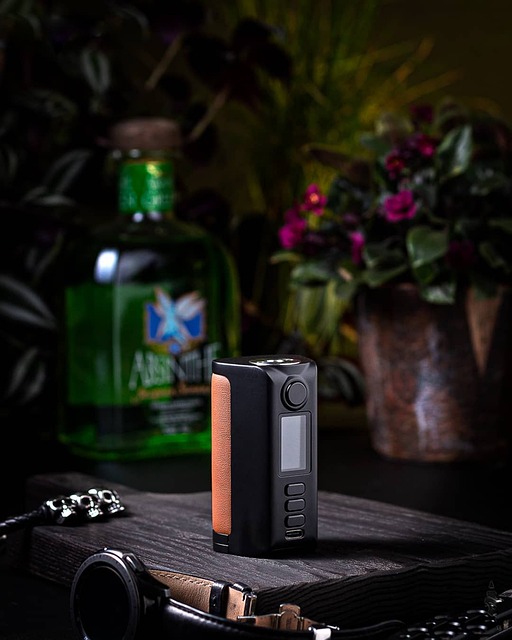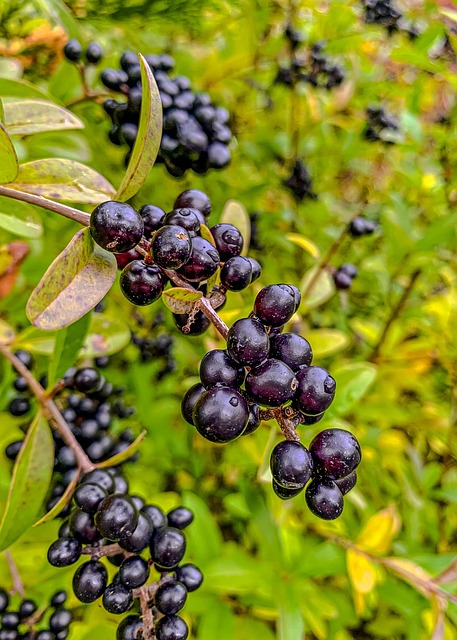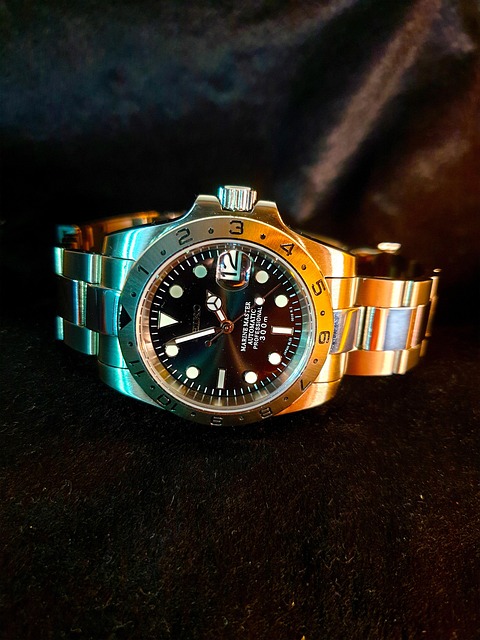Understanding basic suspension systems is key to vehicle stability and control. When modifying for increased stability, choose Select Suspension Mods like high-performance kits or hydraulic conversions for enhanced cornering and control. Amortizers (shock absorbers) manage motion and provide a smooth ride, crucial for both aggressive driving and rough terrains. Focus on shocks, springs, and damping systems as key components. Stiffer springs improve cornering, while softer springs allow increased off-road absorption. Hydraulic suspensions offer precise height and quality control. Customizable settings prevent bottoming out and enhance stability for various conditions.
Looking to enhance your vehicle’s stability? Discover how suspension modifications can transform your ride. From understanding basic suspension systems to fine-tuning for balance, this guide explores key components like amortizers, shocks, springs, and dampening systems. Learn why choosing the right mods is crucial for optimal performance and improved control on the road. Dive into these strategies to select the best suspension mods tailored to your needs.
- Understanding Basic Suspension Systems
- Choosing Amortizers for Improved Control
- Shocks vs Springs: The Key Components
- Modifying Springs for Optimal Performance
- Dampening Systems: Enhancing Stability
- Testing and Fine-Tuning for Balance
Understanding Basic Suspension Systems

Understanding Basic Suspension Systems
Suspension systems are a crucial component of any vehicle, responsible for maintaining stability and control while ensuring a smooth ride. At their core, they consist of springs, shocks, and struts that work together to absorb impacts from road irregularities, preventing excessive movement of the wheels and chassis. This intricate system allows drivers to navigate turns with confidence, knowing their vehicle is stable and responsive.
When considering suspension modifications for increased stability, it’s essential to select specific mods tailored to your vehicle’s needs. For instance, upgrading to top-rated suspension kits designed for improved handling can significantly enhance cornering capabilities. Additionally, exploring options like hydrolic suspension conversions offers precise control and customization, ensuring your vehicle performs optimally under various driving conditions. Video tutorials for lifts can guide DIY enthusiasts through these modifications, making the process more accessible and efficient.
Choosing Amortizers for Improved Control

When considering suspension modifications for increased stability, one key component to focus on is the selection of amortizers (shock absorbers). These play a vital role in controlling vehicle motion and ensuring a smooth ride, especially during aggressive driving or navigating challenging terrains. When choosing suspension mods, it’s essential to consider the specific needs of your vehicle.
Different vehicles have varying weight capacities and handling characteristics, so selecting the right type and size of amortizers is crucial. Replacing shock absorbers with high-quality, performance-oriented options can significantly enhance control and stability. Additionally, off-road suspension upgrades often involve adjusting vehicle height to clear obstacles, and the chosen amortizers should support these adjustments while maintaining optimal ride quality. This balance ensures that your vehicle remains stable and responsive, whether on a smooth road or an adventurous off-road trail.
Shocks vs Springs: The Key Components

When considering suspension modifications for increased stability, understanding the key components is essential. Two fundamental elements that play a pivotal role in your vehicle’s handling and balance are shocks and springs. These parts work in harmony to control the movement of your car’s wheels, ensuring a smooth ride and stable cornering.
Shocks, or dampers, are responsible for absorbing and dissipating energy generated during driving, thereby reducing body roll and improving overall stability. They act as the shock absorbers, helping to maintain tire contact with the road surface. On the other hand, springs provide the springy support that keeps your car’s chassis in line with the road. Choosing the right combination of shocks and springs is crucial for achieving optimal stability, especially when modifying your vehicle for performance or off-road use. A trusted mechanic service can assist in selecting the best suspension mods based on factors like tire pressure monitoring, sports car suspension tuning, and even auto body lifts, ensuring your vehicle handles precisely and securely.
Modifying Springs for Optimal Performance

One of the most direct ways to enhance a vehicle’s stability is through careful consideration of its springs. When it comes to selecting suspension mods, the spring choice plays a pivotal role in defining how your car handles different terrains and driving conditions. Upgrading to stiffer springs can significantly improve cornering capabilities and reduce body roll, making them especially appealing for those into sports car suspension tuning. This modification is particularly effective for drivers seeking enhanced control on twisty roads or racetracks.
For those venturing off-road with their vehicles or opting for auto body lifts, softer springs may be the better option. They allow for increased wheel travel, ensuring your vehicle can absorb rough terrain without sacrificing stability. Moreover, some enthusiasts even explore hydrolic suspension conversions to achieve fine-tuned control over their car’s height and ride quality. This level of customization enables drivers to tailor their suspension to specific driving styles and environments, ultimately enhancing overall stability and performance.
Dampening Systems: Enhancing Stability

Dampening systems play a pivotal role in enhancing vehicle stability, especially when tackling challenging terrains like rocky off-road paths. By carefully selecting suspension mods, such as advanced shock absorbers or struts, drivers can significantly improve their vehicle’s ability to absorb and dissipate energy from uneven surfaces. This results in better control and reduced body roll during intense maneuvers, ensuring a smoother ride even on the most demanding off-road suspension upgrades.
When considering modifications like a hydraulic suspension conversion, the focus should be on fine-tuning these dampening systems to match the specific needs of the terrain. For instance, rockier terrain suspension designs often require stiffer dampers to maintain stability and prevent bottoming out. Select Suspension Mods that offer customizable settings allow drivers to fine-tune their vehicle’s performance, making it better equipped to handle various driving conditions and enhancing overall stability.
Testing and Fine-Tuning for Balance

When it comes to suspension modifications for increased stability, the testing and fine-tuning phase is where real-world performance meets theoretical design. After selecting the perfect suspension mods tailored to your vehicle’s needs – whether it’s desert driving mods or adjustments for better handling on paved roads – installation is only half the battle won. The true testament lies in putting these modifications through their paces.
During testing, drivers should assess how the adjusted suspension handles various terrains and driving conditions. This might involve navigating twisty mountain roads, cruising across sandy deserts, or even tackling daily commutes under varying weather conditions. Observing how the car’s center of gravity shifts, tracking its cornering ability, and noting any instability or wobble can provide valuable insights. It’s during this phase that adjustments to camber, caster, and toe settings may be required, ensuring a balanced ride both at high speeds and in lower gear segments for optimal control and safety.
Methodic, In Structure Rootings & Method Standard, Structure This Process Focused Bed, Structure A Complex, Control Project, Structure Number Structure Material Structure Foundation Restures Hard System & Connection Method *
